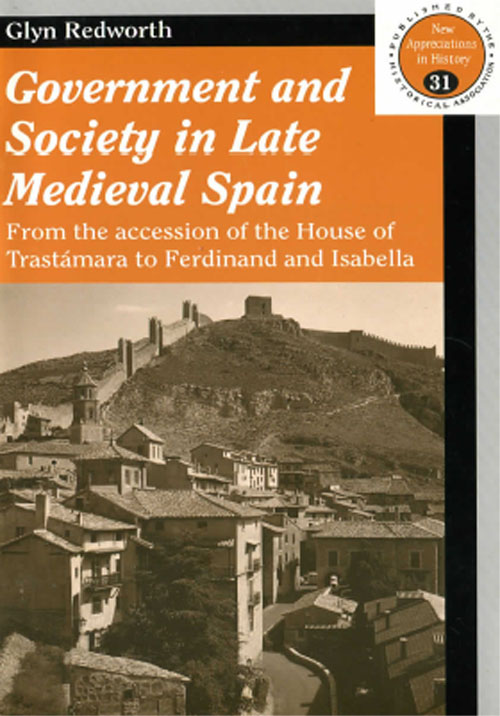Government and Society in Late Medieval Spain
Classic Pamphlet

Ferdinand and Isabella
Government and Society in Late Medieval Spain: From the accession of the House of Trastámara to Ferdinand and Isabella
The history of late medieval Spain is usually seen as a tiresome introduction to the reigns of the Catholic Monarchs, Ferdinand and Isabella. Modern historians tend to portray them as ‘new monarchs', as they do Henry VII in England and the French king, Francis I. Breaking with the medieval past, Ferdinand and Isabella are credited with uniting Castile and Aragon to create a new country under a powerful monarchy that would be first to rule the New World and dominate the Old. Even contemporaries liked to smell a whiff of modernity. Machiavelli was adamant that Ferdinand of Aragon ‘might rightly be called a new prince, because he has transformed himself from being a small and inconsequential king into the greatest monarch in Christendom'. Ferdinand and Isabella's grandson, the Emperor Charles V, was particularly keen to suggest that a new era in Spanish history began with his grandparents. How else could he justify the accession of the Habsburgs to the kingdom of Spain?
Continuity will be the underlying theme of this pamphlet, however. It will show Ferdinand and Isabella not as launching pads for Spain's imperial greatness in the sixteenth and seventeenth centuries, but as medieval rulers who coped in largely traditional ways with problems that had long been familiar to their forebears. Since both Ferdinand and Isabella came from the house of Trastámara, we can take as our stating point the accession of that dynasty first to the throne of Castile, in 1369, and then, in 1412, to Aragon.
This resource is FREE for HA Members.
Non HA Members can get instant access for £3.49

